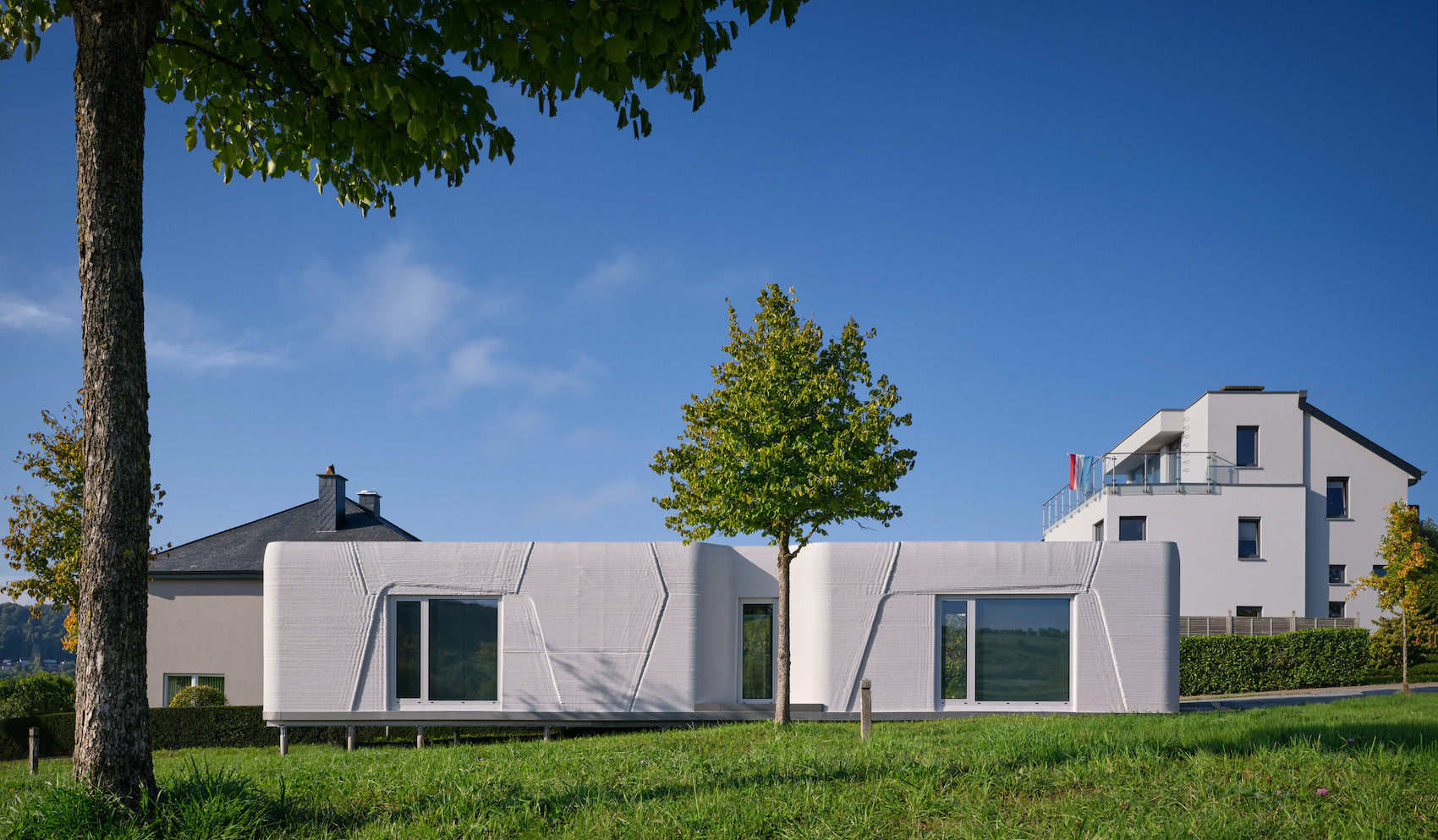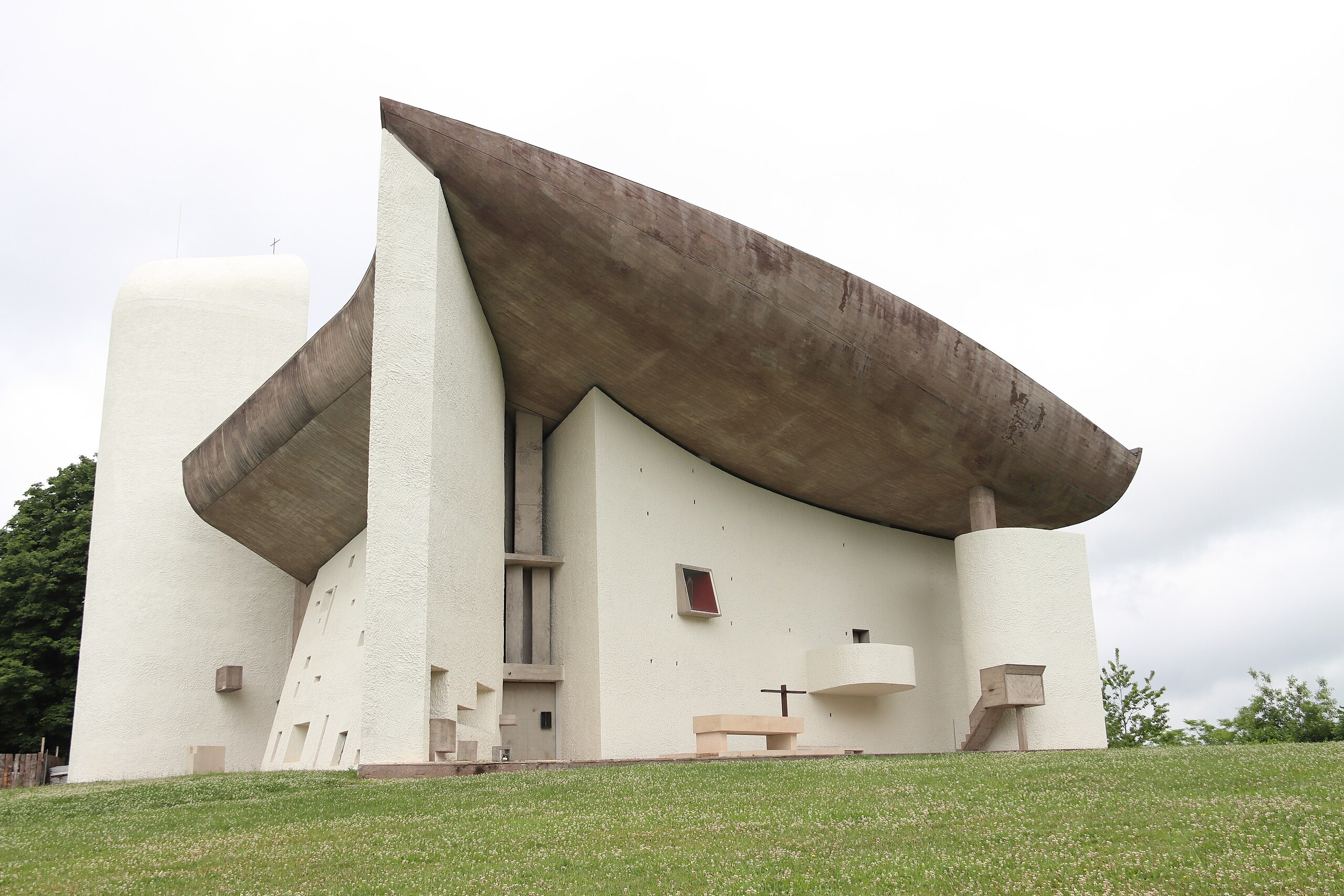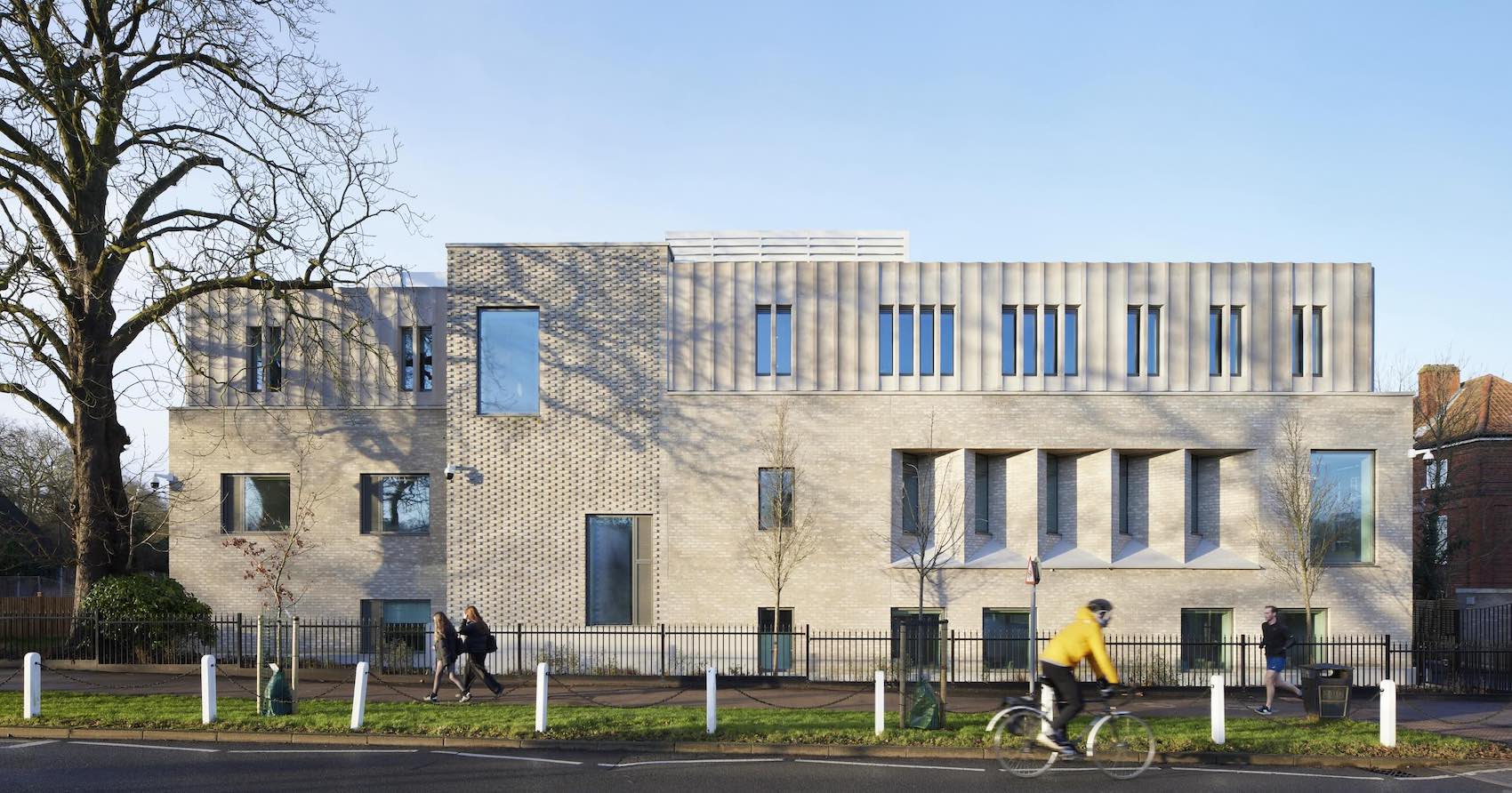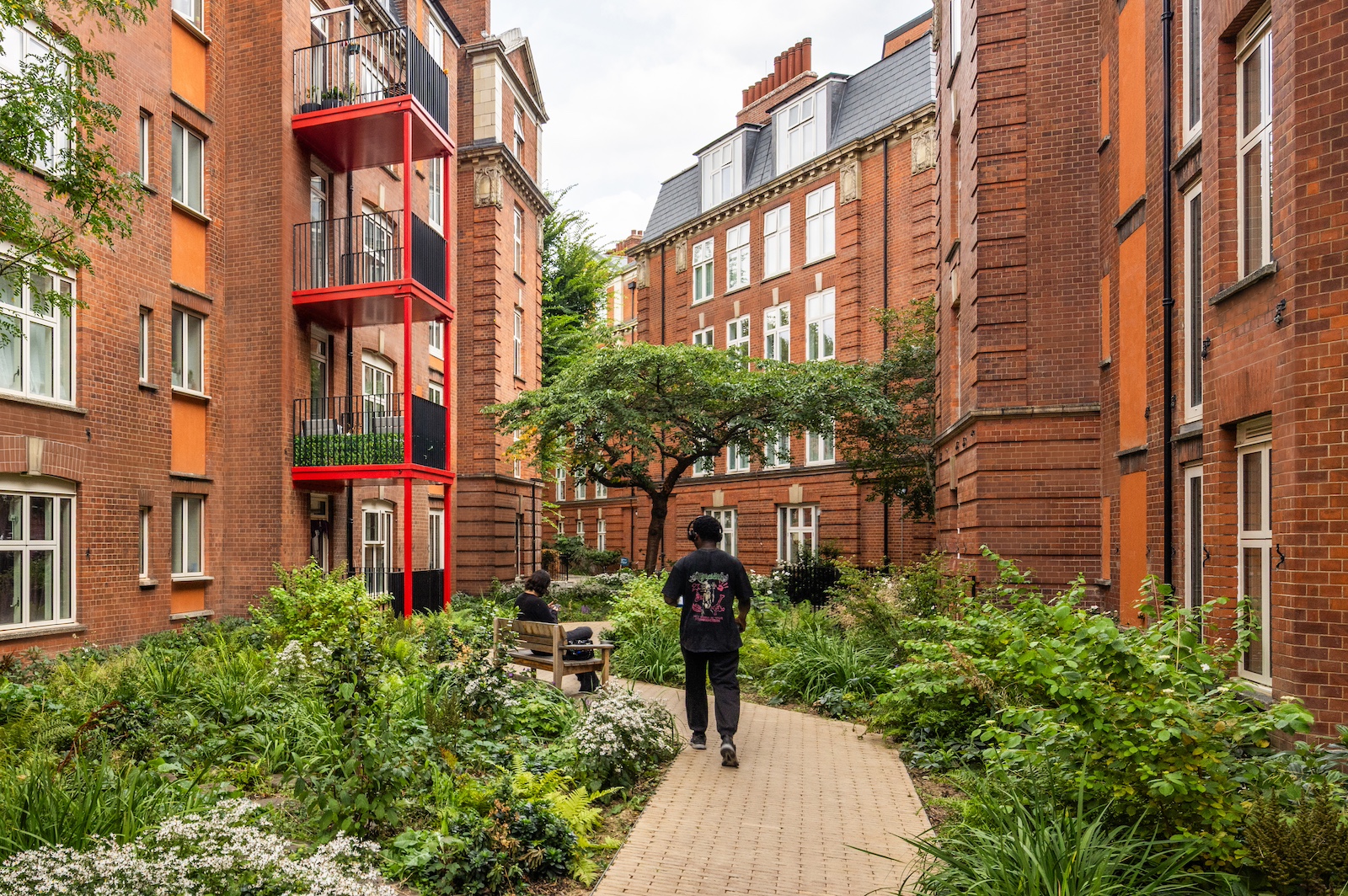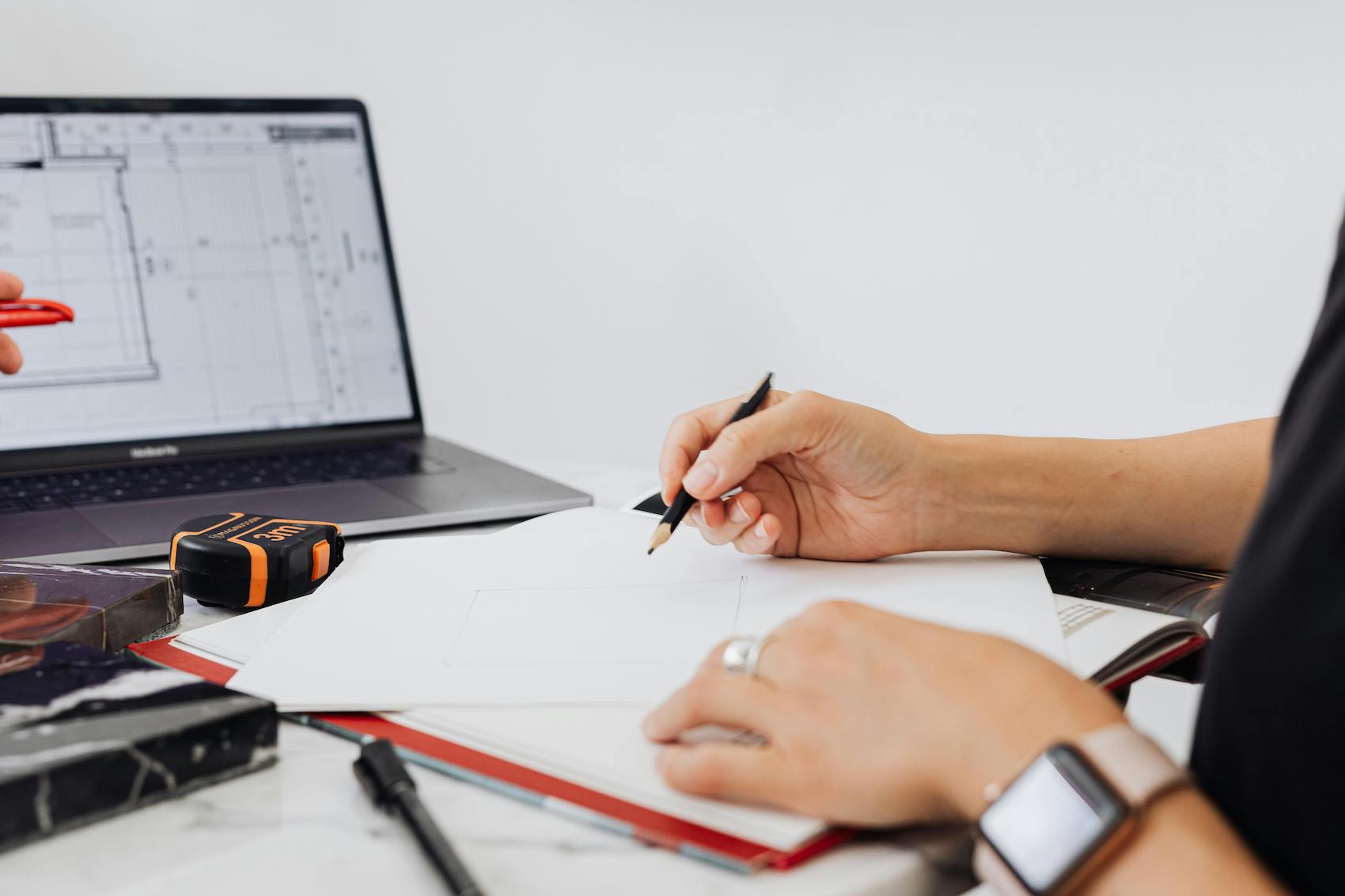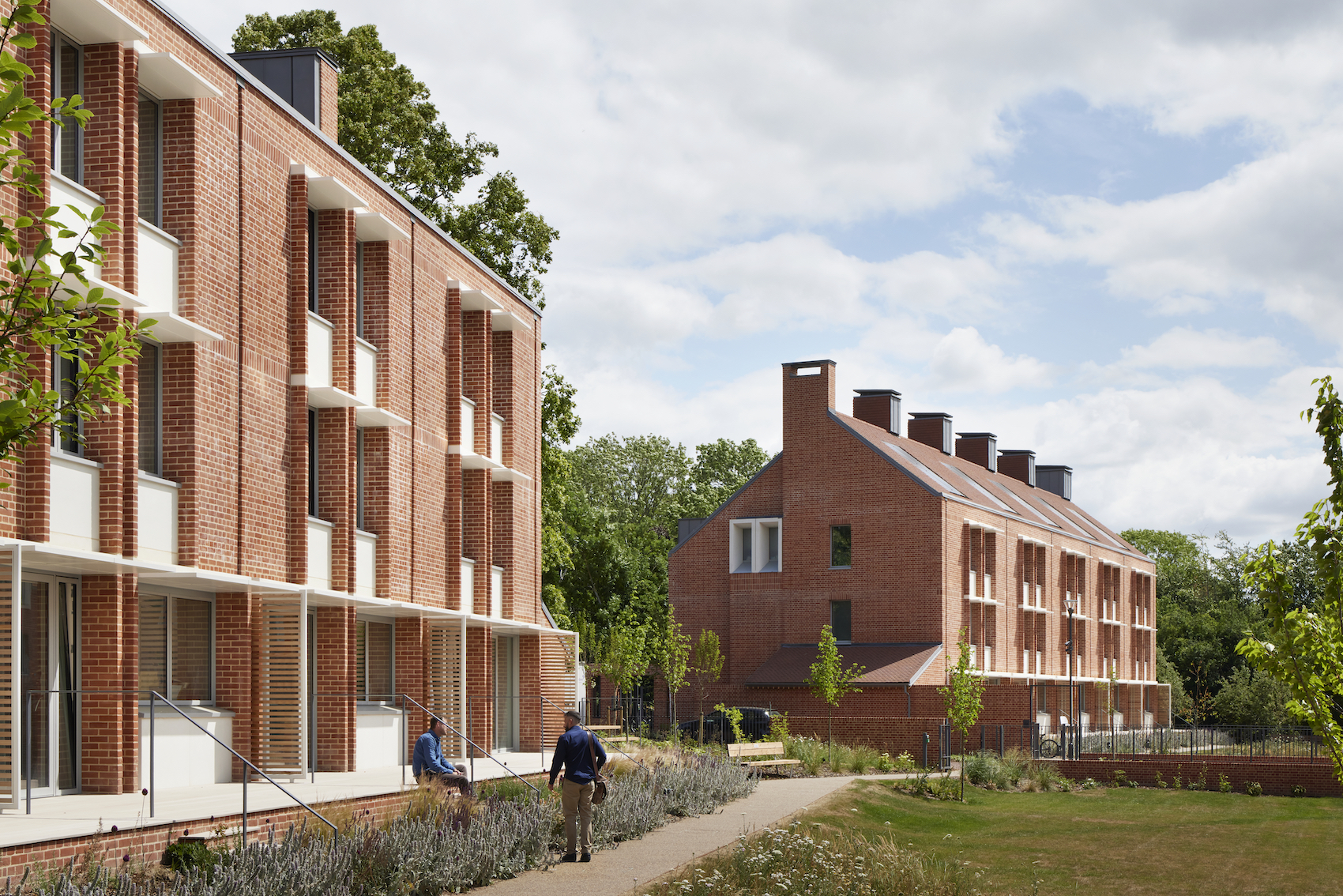AT talks to… Liene Jākobsone and Ilka Ruby, co-curators of the Latvian pavilion in Venice titled ‘Landscape of Defence’, which sheds light on what life is like living on the edge of a NATO military border.
Elements of defence, such as anti-tank ‘hedgehogs’ and concrete blocks, are placed in visible locations along the main highways several kilometres from Russian the border. This seemingly temporary arrangement is designed to deter attack and thus become permanent. But from a practical and aesthetic point of view, the Latvian pavilion questions how these objects will age over the years. (Credit: Ministry of Defence of the Republic of Latvia)
What is your pavilion about and how does it respond to the title of Intelligens: Natural. Artificial. Collective?
Liene Jākobsone Our pavilion is dedicated to the theme of national defence and the measures taken in response to recent geopolitical events, in particular the war in Ukraine. It responds to the title by introducing the concept of ‘Landscape of Defence’, by which we mean the environment created by the introduction of military infrastructure into the existing natural and human-made scenery. We explore what this landscape looks like and how it affects its inhabitants, both human and beyond. We also take into account that it is designed to deter a military attack and is therefore expected to last as long as possible. Therefore, we call for a multidisciplinary collective intelligence in the design of this new landscape, as it is currently considered mainly a military issue with little regard for other than defence needs.
What do you want your pavilion to achieve and what do you hope people take away from it?
Liene Jākobsone First of all, we want to inform the international public about what is happening on the external border of the EU and NATO. We want them to realise that this isn’t just a local issue, that we’re talking about our common border. We also want people to get a glimpse of the complexities involved: the threat of military attack combined with instrumentalised migration, environmental damage versus perceived security, scepticism and fear among the population versus confidence among the military, and so on.
Ilka Ruby Defence and military considerations have always shaped our cities and buildings. Consider, for example, the medieval city walls or the Haussmannian boulevards. Such infrastructure has an impact on how we use and experience cities, even though their original purpose may eventually become obsolete. This is something we should be aware of when a large part of a landscape is being reshaped.
The fence is a physical line in the landscape that defines the border making it visible in a way it never has been before. For a visitor, it is a strikingly clear and frightening demarcation of ‘us’ versus ‘them’. For the locals, it can simply be a new view out of the window, but it can also mean no longer being able to visit their relatives or family graves on the other side. Some have had parts of their land expropriated to make way for this infrastructure. When asked about the sense of security, people on the border are sceptical: they claim to have nothing to fear, adding that the fence can at best keep back wild animals. The Latvian pavilion in this context asks: is this their way of dealing with the reality or the effect of Russian propaganda? (Credit: Elīna Kursīte)
What other pavilions have been a highlight for you?
Liene Jākobsone One of the highlights was the Belgian pavilion ‘Building Biospheres’, which presented an ongoing research project with the University of Ghent. I also liked the Polish pavilion that offered a humorous collection of modern and traditional ways of dealing with the fears and dangers embedded in the built environment. I was also impressed by the project Canal Café that provided a powerful and aesthetic way to present an innovative water purification system, combining two elements characteristic of Venice: the canals and the coffee-drinking tradition.
Ilka Ruby I really liked the fact that some of the pavilions addressed the issue of maintenance. In particular, I enjoyed the Finnish pavilion, which featured an informative yet poetic video installation exploring themes of stewardship and authorship. The Spanish Pavilion focuses on the vital issue of building materials in architecture, as well as their extraction and processing. The exhibition showcases projects created using local materials. The projects and the exhibition itself both have a strong aesthetic appeal through their simplicity. I was also impressed by the Mexican pavilion, which presented an ancient Mesoamerican agricultural system in a powerful installation that also drew parallels with Venice.
What else are you excited to see?
Liene Jākobsone During the Biennale, it is always a pleasure to visit collateral events, such as public talks and other cultural programmes that are on offer in the city. This year I really enjoyed the exhibition ‘Diagrams’ by OMA/AMO at the Prada Foundation—a well-structured insight into information design that also revealed our changing perception of the world throughout the history.
Ilka Ruby For me, the best exhibition is always the city itself. There is so much to discover, from magnificent palaces and churches to the makeshift beach infrastructure on the Lido, constructed from found materials.
All along the border there is a two kilometre wide strip of land with restricted access. Signs remind people of the requirement to carry the special permit, but otherwise it remains an area on the map with no evidence of it in nature: people live there, they cultivate the fields, pick mushrooms in the forests and go about their daily activities. The locals have long-term permits, while others who wish to enter the area must apply for a permit for a specific area and a specific period of time. Recently, a rotation system has been introduced for the border guards – they are transferred to regions further away from their place of origin, and the place of transfer changes periodically. Locals mention that as a result, they are sometimes stopped for document checks on their daily commute, whereas before they were never checked by the border guard, as they knew each other personally. (Credit: Elīna Kursīte)
If you were a student coming to the Biennale for the first time, what would be your advice to them?
Liene Jākobsone The Biennale can seem like an overload of information, especially for a newcomer. I would advise them not to be intimidated by this, but to study thoroughly and remember at least a few of the projects presented. The knowledge will build up over time.
Ilka Ruby This is an amazing opportunity for students to experience the expansiveness of the field of architecture, from microscopic to planetary scales, and its overlap with other disciplines. And of course they can learn a lot about how to present architecture and research in various media, such models, drawings, texts, film etc.
What else are you working on at the moment?
Liene Jākobsone I continue to explore the theme of defence and its impact on territory, extending it beyond the narrow confines of a national pavilion. As a researcher at the Institute of Contemporary Art, Design and Architecture at the Art Academy of Latvia, I am also involved in an exciting international research project on the significance of travel and physical presence in the study of architecture. And aside from that, with my architecture practice Sampling, which I run together with my partner Manten Devriendt, I am working on adaptive reuse projects—converting and adapting historic but undervalued built environments to contemporary needs, while also proposing a new aesthetic language for them.
Ilka Ruby At my publishing house, Ruby Press, we publish books on topics such as transformation, reuse and the social impact of architecture. We will soon be releasing a book by photographer Luch Merx on his research on stucco workshops in Cairo that blur the lines between atelier, showroom, and artistic statement. These workshops, which are now disappearing, reveal connections to Egypt’s colonial past, modernity, and identity. And, of course, I am working on the publication about landscape and defence, in which the topic will be explored in more depth. There is so much more to talk about that would have gone beyond the scope of the pavilion.









